6 Ways the Wrong Garage Door Can Ruin Your Energy Efficiency
Energy efficiency is a major priority for homeowners seeking to reduce utility costs and environmental impact. While insulation upgrades and efficient HVAC systems often get the spotlight, one crucial element frequently slips under the radar: the garage door. A poorly chosen or improperly maintained garage door can quietly undermine your home’s energy performance. Temperature fluctuations, air leaks, and mechanical inefficiencies all add up over time, increasing your energy consumption and monthly bills.
Beyond cost savings, energy-efficient garage doors contribute to a more comfortable indoor environment and even improve your home’s resale value. They can lessen noise, protect belongings stored in your garage from extreme temperatures, and reduce unnecessary strain on your heating and cooling systems. By recognizing the importance of garage doors in your overall efficiency strategy, you take a proactive step toward sustainability and long-term savings. Understanding how the wrong door affects energy use is the first step to making smarter decisions that protect both your comfort and your budget.
1. Insufficient Insulation Compromises Temperature Control
An improperly insulated garage door acts as a conduit for outside temperatures to infiltrate your home. In summer, a thin, non-insulated door can turn your garage into a sweltering hotbox, making adjacent rooms uncomfortably warm and forcing your air conditioning to work overtime. In winter, cold air seeps through these doors, undermining your heating system’s efforts. This back-and-forth temperature imbalance puts strain on your HVAC equipment and results in noticeably higher energy bills.
Insulated garage doors provide a reliable thermal barrier that stabilizes indoor temperatures. They are rated by R-values—a measure of thermal resistance—with higher numbers offering better insulation. Choosing the correct R-value for your climate can save you hundreds of dollars annually. Many homeowners who switch to insulated doors report immediate comfort improvements, especially in rooms adjacent to the garage. Professionally handled garage door installations that prioritize insulation can deliver long-term energy savings and make your home more comfortable year-round. Additionally, insulated doors reduce noise, adding another layer of benefit for homes near busy streets or noisy neighborhoods.
2. Faulty Weather Sealing Leads to Energy Leaks
Weather sealing plays an equally important role in maintaining efficiency. Bottom seals, threshold seals, and weather-stripping prevent outside air, rain, and debris from entering your garage. Over time, these seals degrade due to temperature changes, moisture, and daily use. Even small cracks or gaps allow significant amounts of air to escape or enter, forcing your HVAC system to compensate.
Replacing worn-out seals is a cost-effective way to improve performance. Modern weather-stripping materials are designed to last longer and create tighter seals than older options. Routine inspections—especially after seasonal temperature extremes—help catch problems early before they inflate your energy bills. After professional garage door installations, continuing to check your seals ensures your garage remains a protective buffer for your home. This small maintenance task provides measurable returns in energy savings and overall comfort.
3. Outdated Garage Door Openers Waste Electricity
Garage door openers might not be the first thing you think of when considering energy efficiency, but older models can quietly consume substantial power, even when idle. Standby energy use from these units can add up over the course of a year. Modern smart openers are designed to minimize standby consumption while adding convenience features like remote monitoring and scheduling.
Upgrading to a newer opener can drastically cut unnecessary power draw. According to Fixr, a garage door installation might take about 1 to 3 hours on average, making this an easy upgrade for long-term savings. Pairing a new opener with modern garage door installations ensures your system operates efficiently. Simple maintenance, such as lubricating moving parts, inspecting electrical components, and tightening loose hardware, also extends opener life and keeps energy consumption in check. The initial investment in an upgraded opener is quickly offset by the reduced utility costs and smoother daily operation.
4. Poor Material and Design Choices Increase Heat Transfer
The choice of materials and design features in your garage door can make or break your energy efficiency efforts. Metal doors, for instance, are notorious for absorbing and radiating heat, which can significantly warm your garage during hot months. This additional heat forces your air conditioning to work harder, increasing your energy costs.
Light-colored doors and reflective finishes are a simple but effective solution to reduce heat absorption. Composite or insulated steel doors can also provide better thermal protection. Design flaws such as misalignment or inadequate ventilation can further compromise efficiency, even with quality materials. Consulting professionals for garage door installations ensures you select the right material, finish, and design for your climate. These informed choices not only protect energy efficiency but also improve your home’s appearance and resale value. A well-designed garage door serves as both a visual focal point and a functional barrier against temperature fluctuations.
5. Incorrect Size or Fit Allows Air Gaps
Even the best materials and insulation will fail if your garage door does not fit correctly. Small measurement errors can result in gaps where conditioned air escapes and outdoor air enters, undoing all your energy-saving efforts. Ill-fitting doors are one of the most common sources of energy loss in garages.
Professional installation is the best defense against these problems. Experts take precise measurements to ensure a snug fit that eliminates gaps and minimizes energy loss. While resizing or replacing a misfitted door may seem costly upfront, the long-term energy savings make it a smart investment. Industry professionals consistently report that accurate garage door installations provide better returns on investment by preventing ongoing air leakage. Ensuring the right size and fit from the start saves time, money, and frustration in the future.
Homeowners should also consider periodic inspections of their garage door’s alignment and track positioning, even after professional installation. Over time, settling foundations or heavy usage can create subtle shifts that compromise the fit. Catching and correcting these minor adjustments early helps sustain energy efficiency, reduces mechanical strain, and prevents expensive repairs.
6. Neglected Maintenance Undermines Efficiency
Like any other part of your home, garage doors experience wear and tear over time. Worn seals, sluggish door movement, or grinding noises often signal problems that can reduce efficiency. Ignoring these issues allows small inefficiencies to become costly repairs and energy losses.
Establishing a regular maintenance routine can prevent these problems. Inspecting weather seals, lubricating moving parts, and scheduling professional checkups will keep your garage door operating smoothly. Advances in predictive maintenance technology even allow homeowners to identify potential issues before they cause significant energy waste. By scheduling timely checkups after garage door installations, you preserve your door’s performance, extend its lifespan, and protect your household’s energy savings. Consistent care ensures your garage door remains a reliable barrier against temperature fluctuations year after year.
Your garage door is more than just an entryway—it’s a critical component in your home’s overall energy performance. From insulation and weather sealing to opener efficiency, material choices, precise fit, and ongoing maintenance, every detail contributes to your household’s comfort and utility bills. Neglecting any of these aspects can increase energy costs, strain your HVAC system, and compromise indoor comfort.
Choosing high-quality materials, prioritizing proper sealing, and investing in expert garage door installations are some of the most effective steps you can take to reduce energy waste. With the right door and regular care, you can enjoy a more comfortable living space, lower energy expenses, and a greener home. For professional service that ensures efficiency from day one, trust the experienced team at Green Valley Garage Doors for all your garage door installations needs.

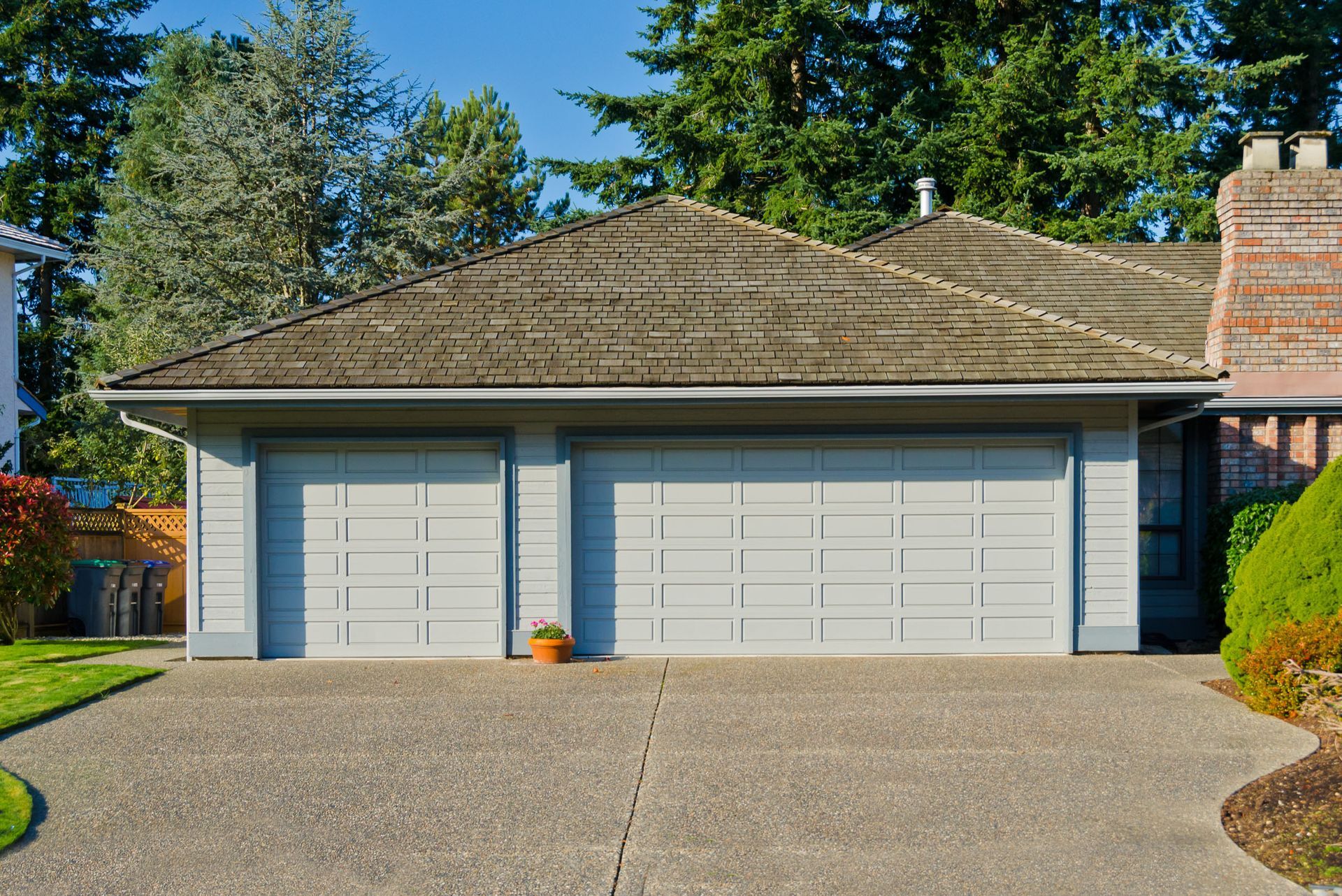
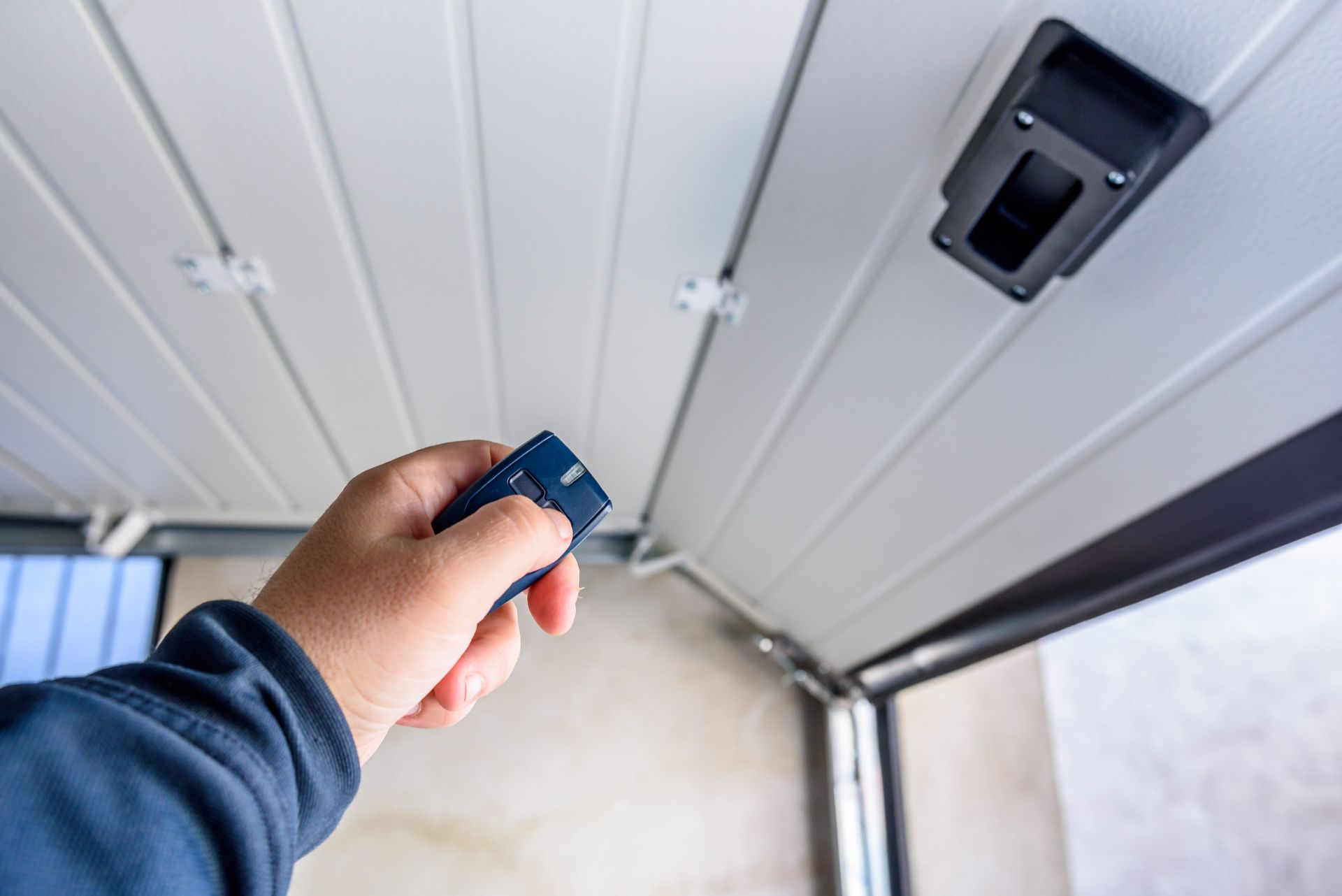
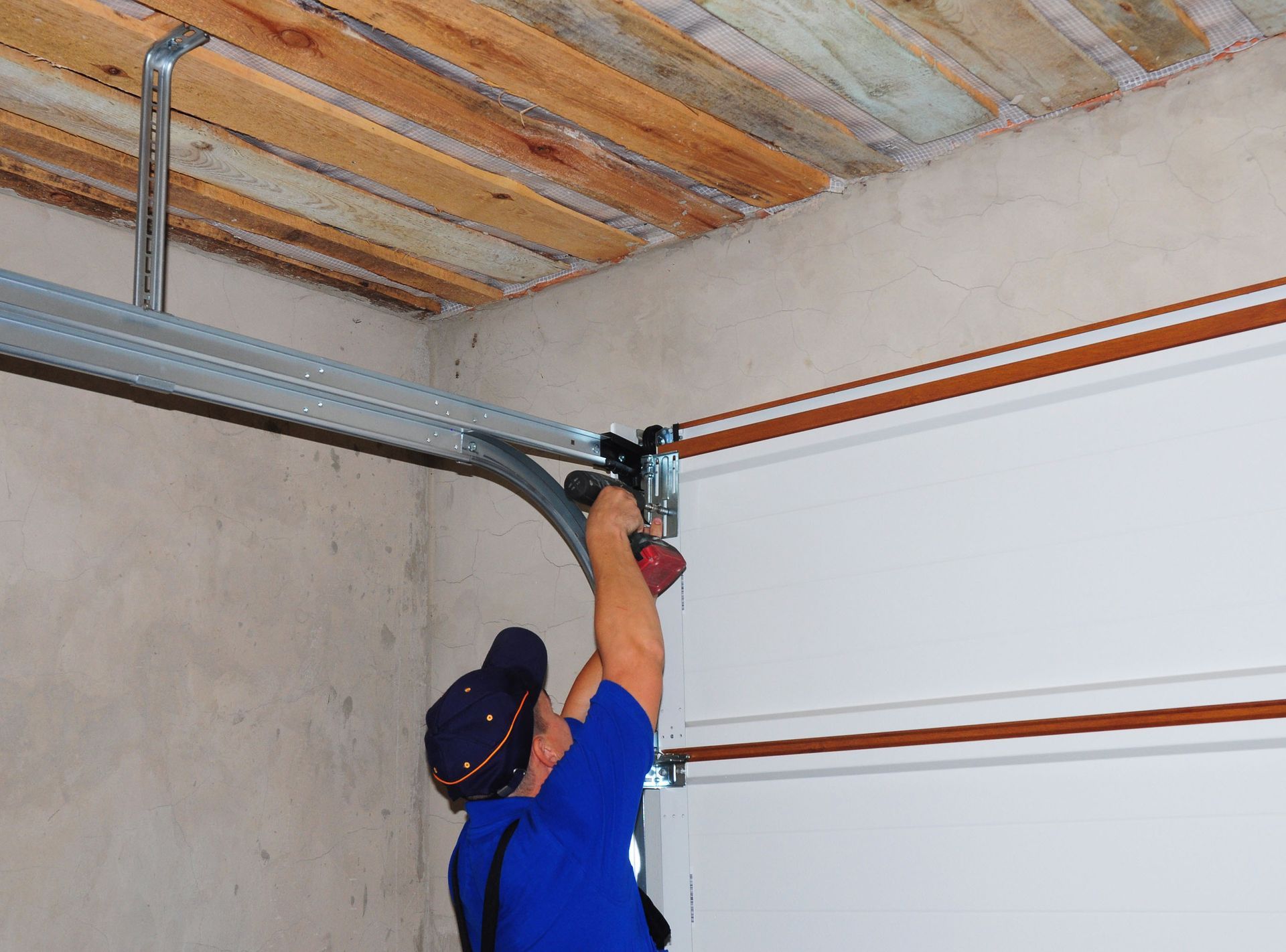
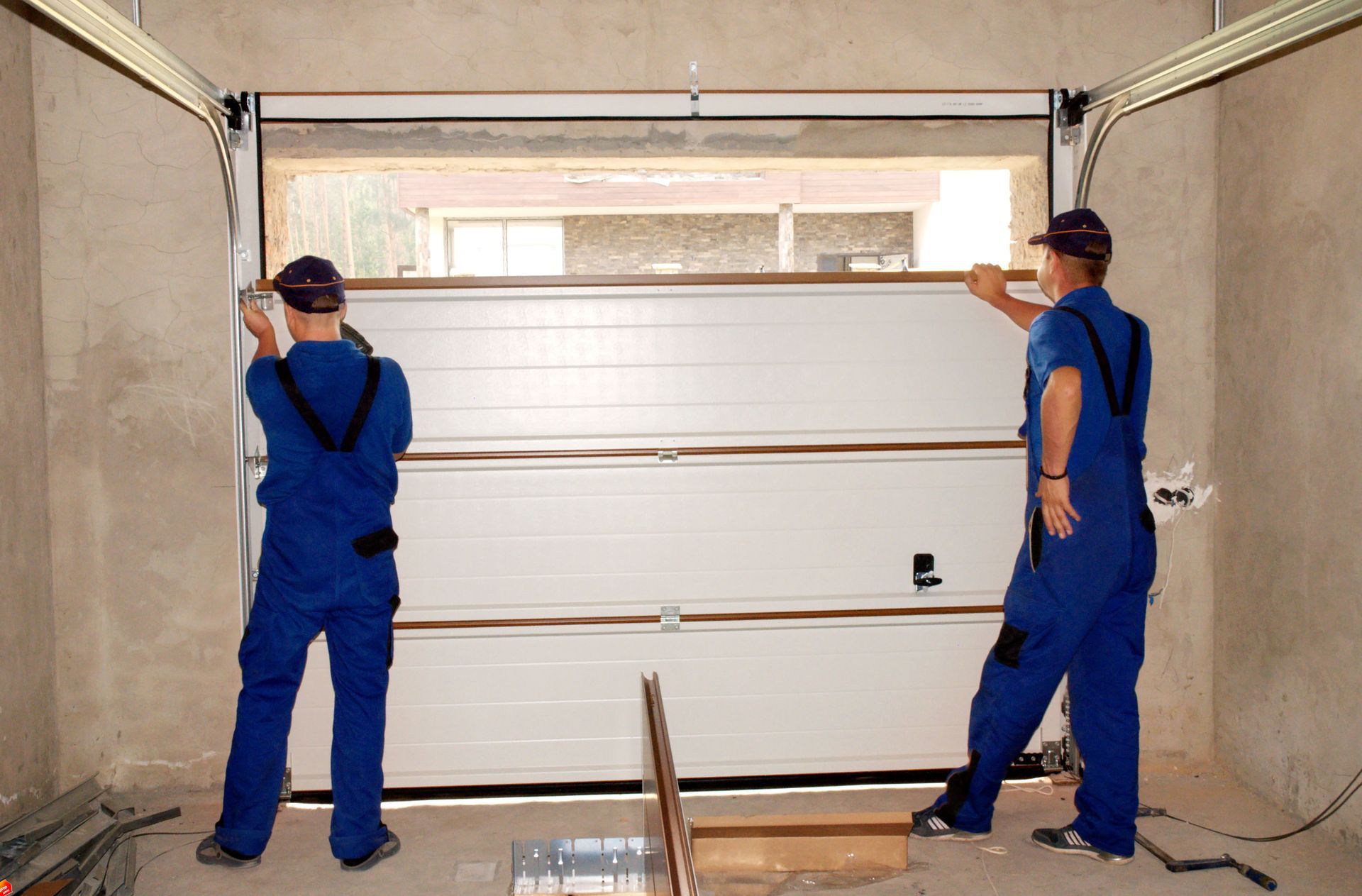
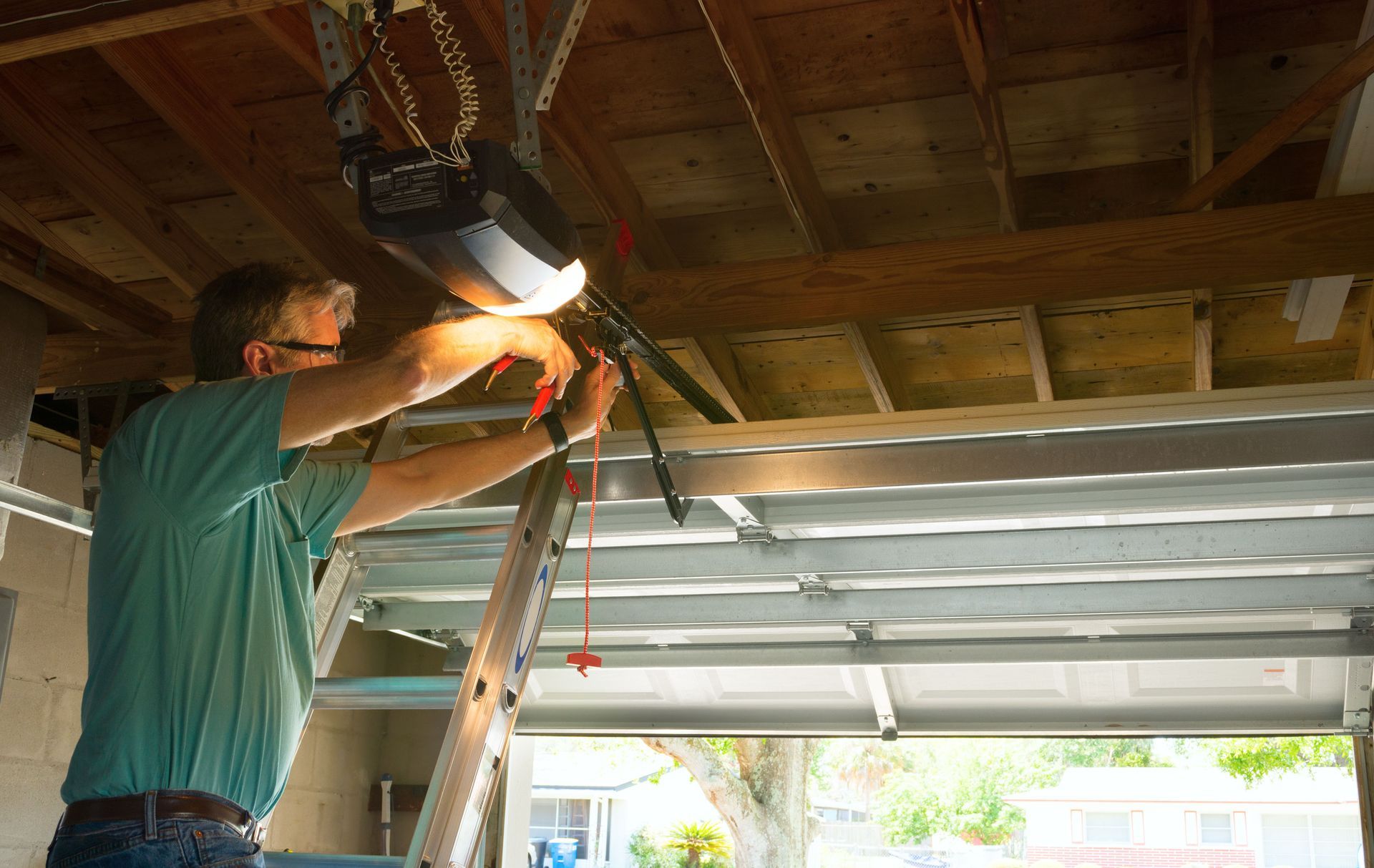
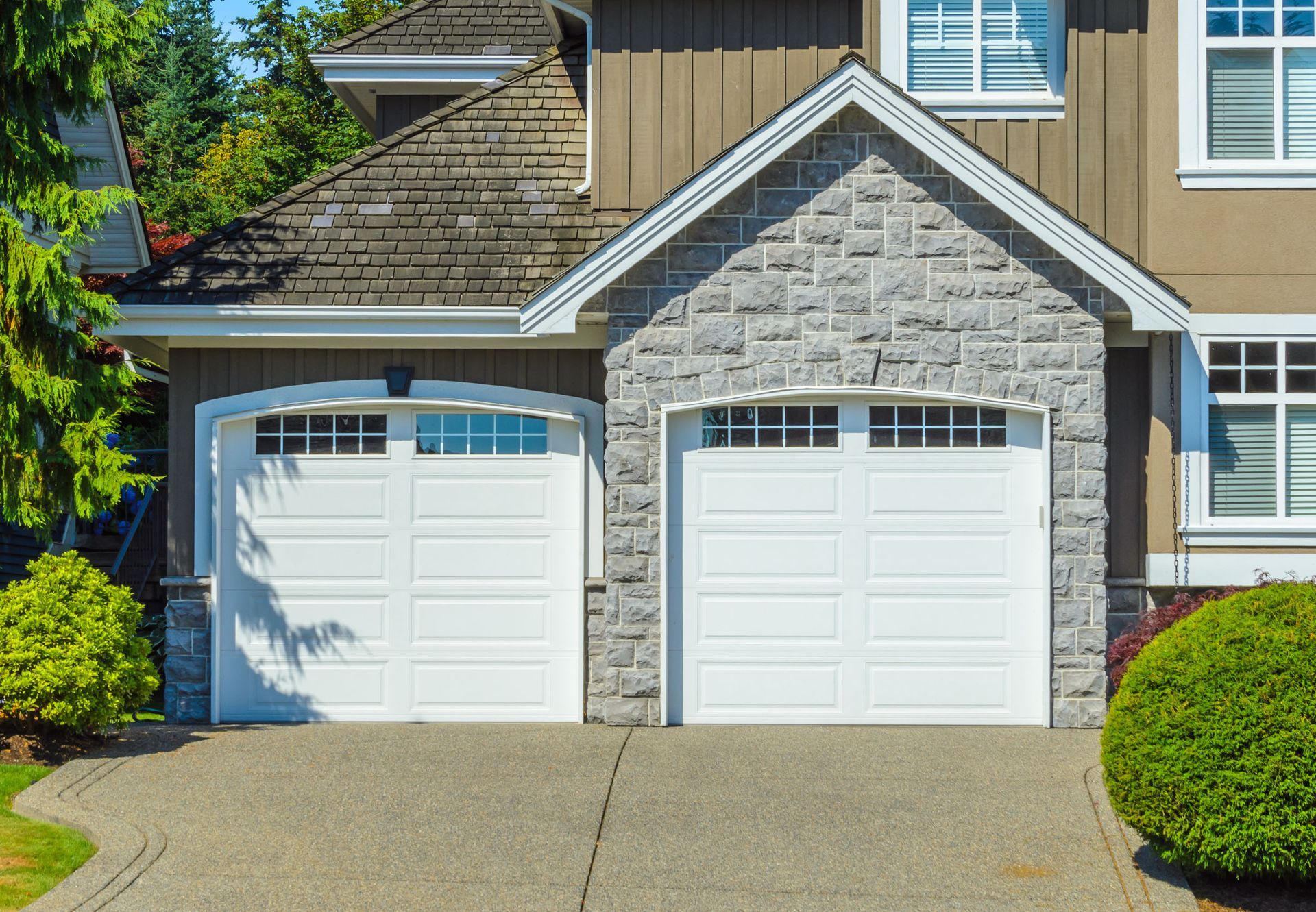
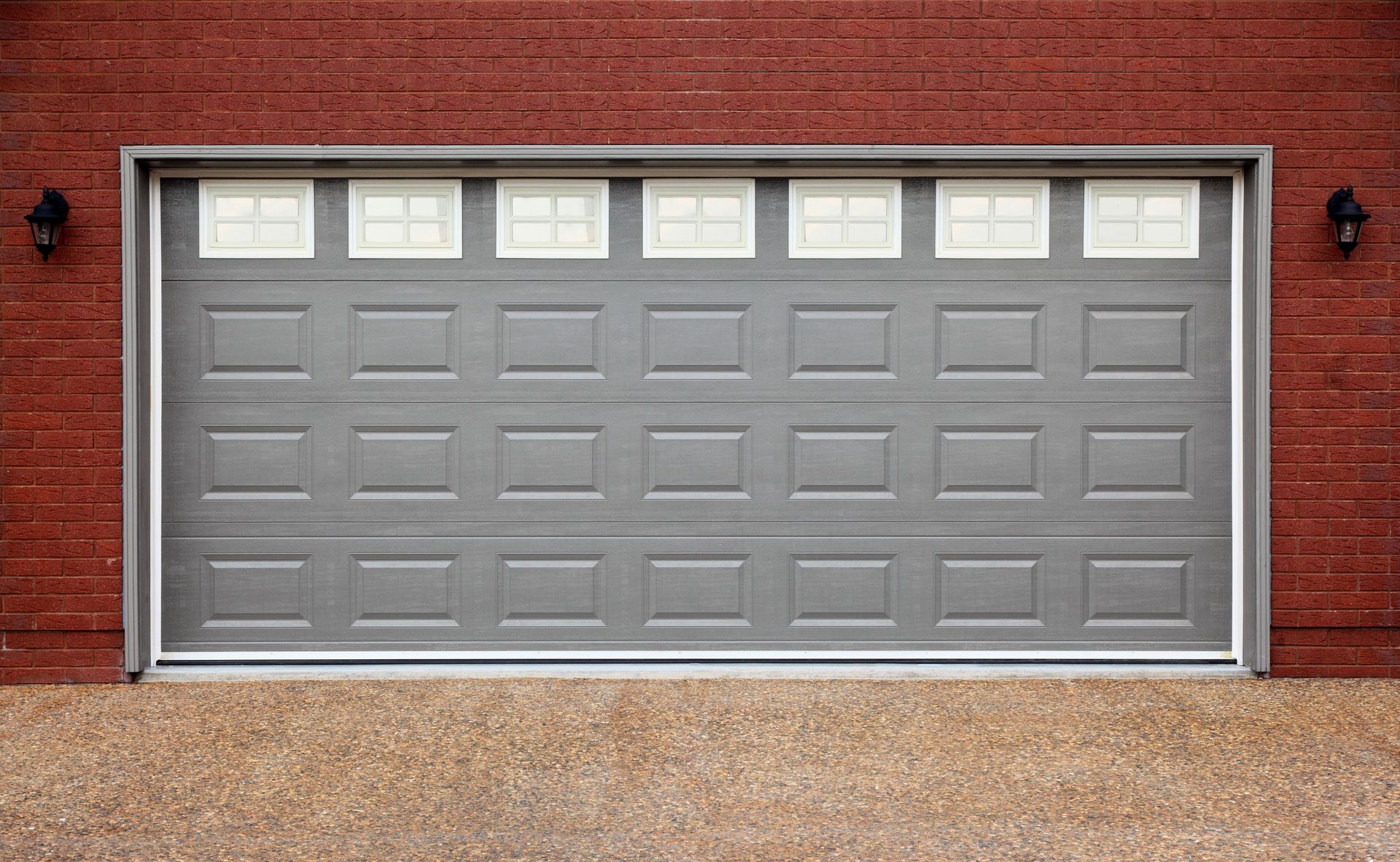
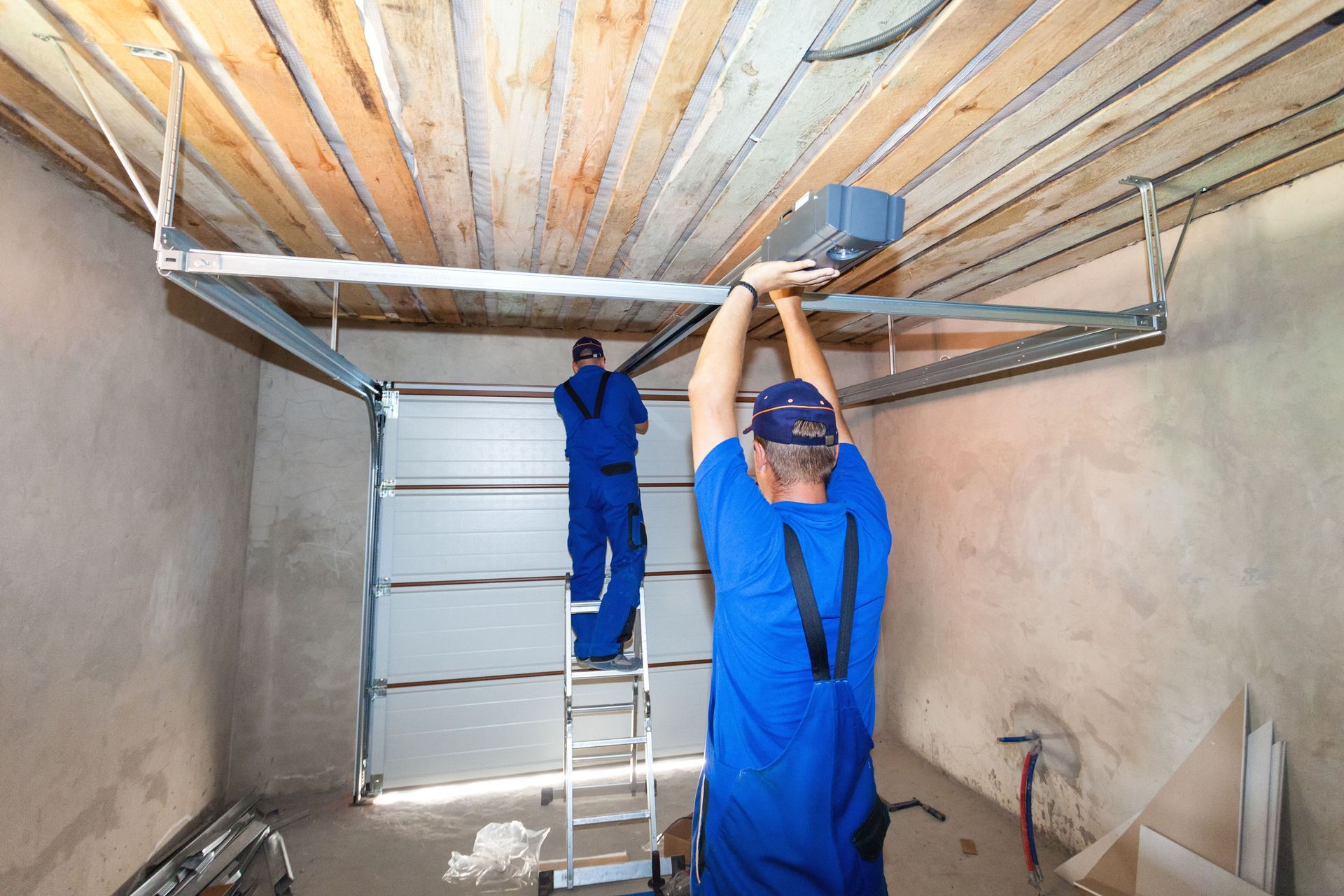
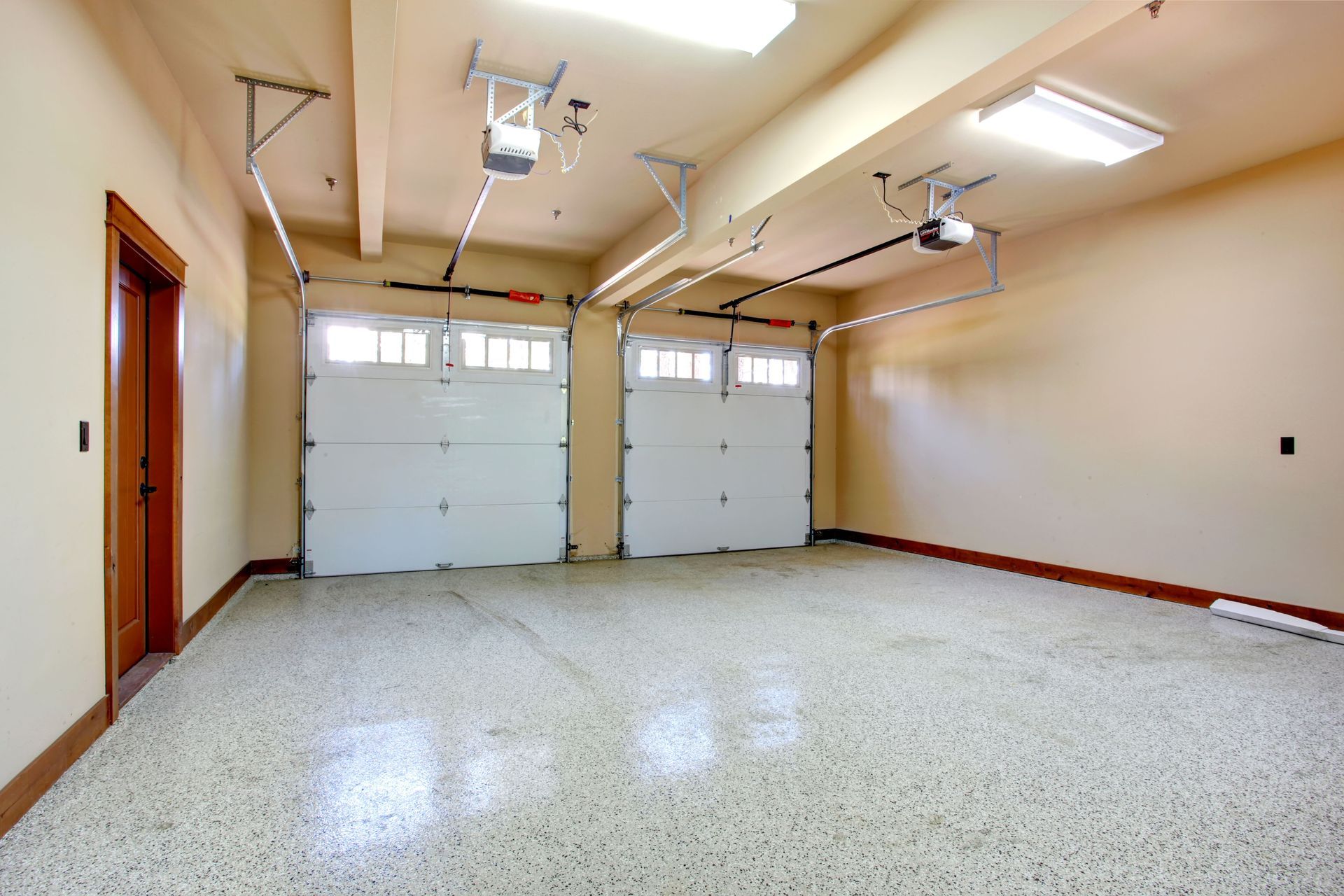
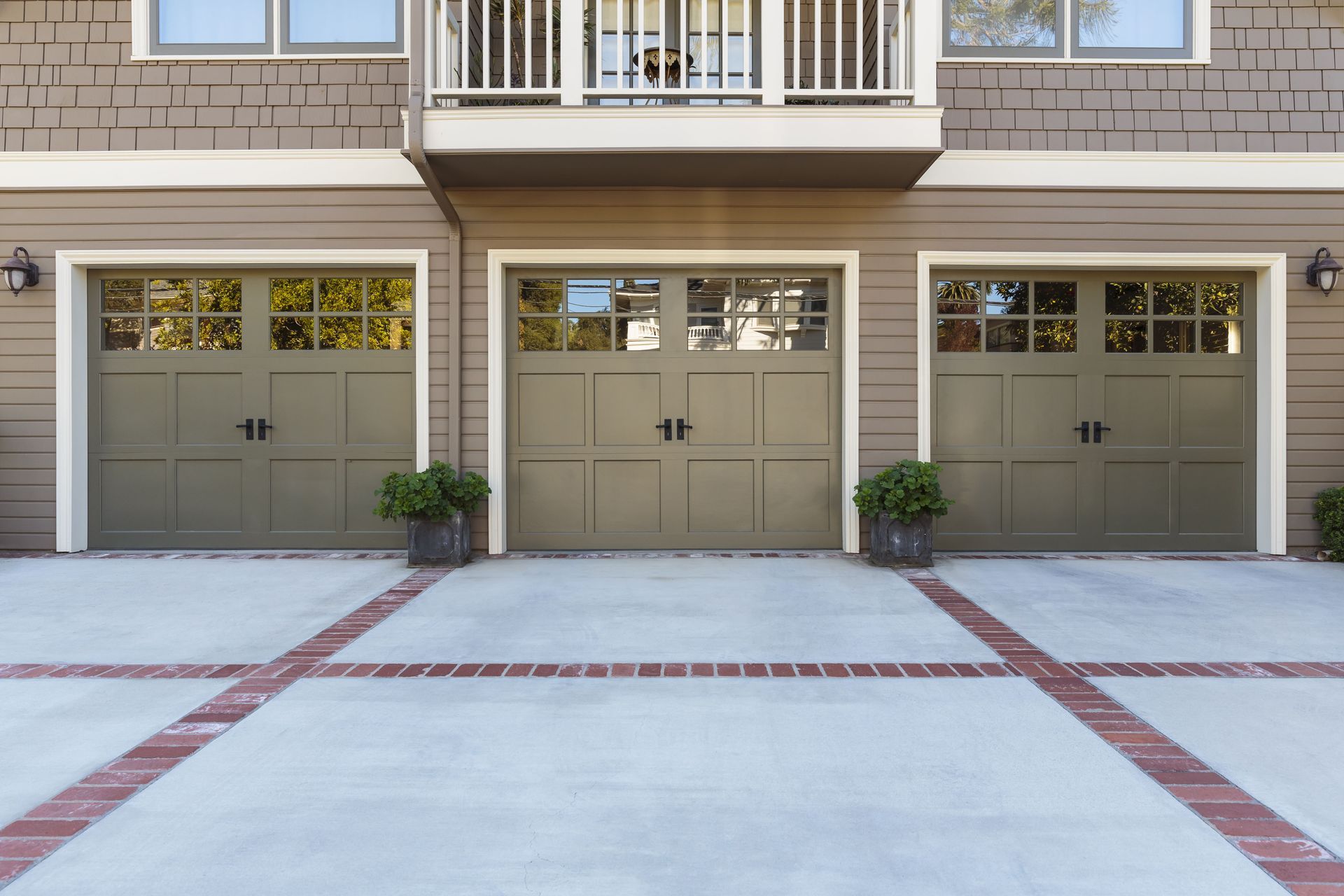
Share On: